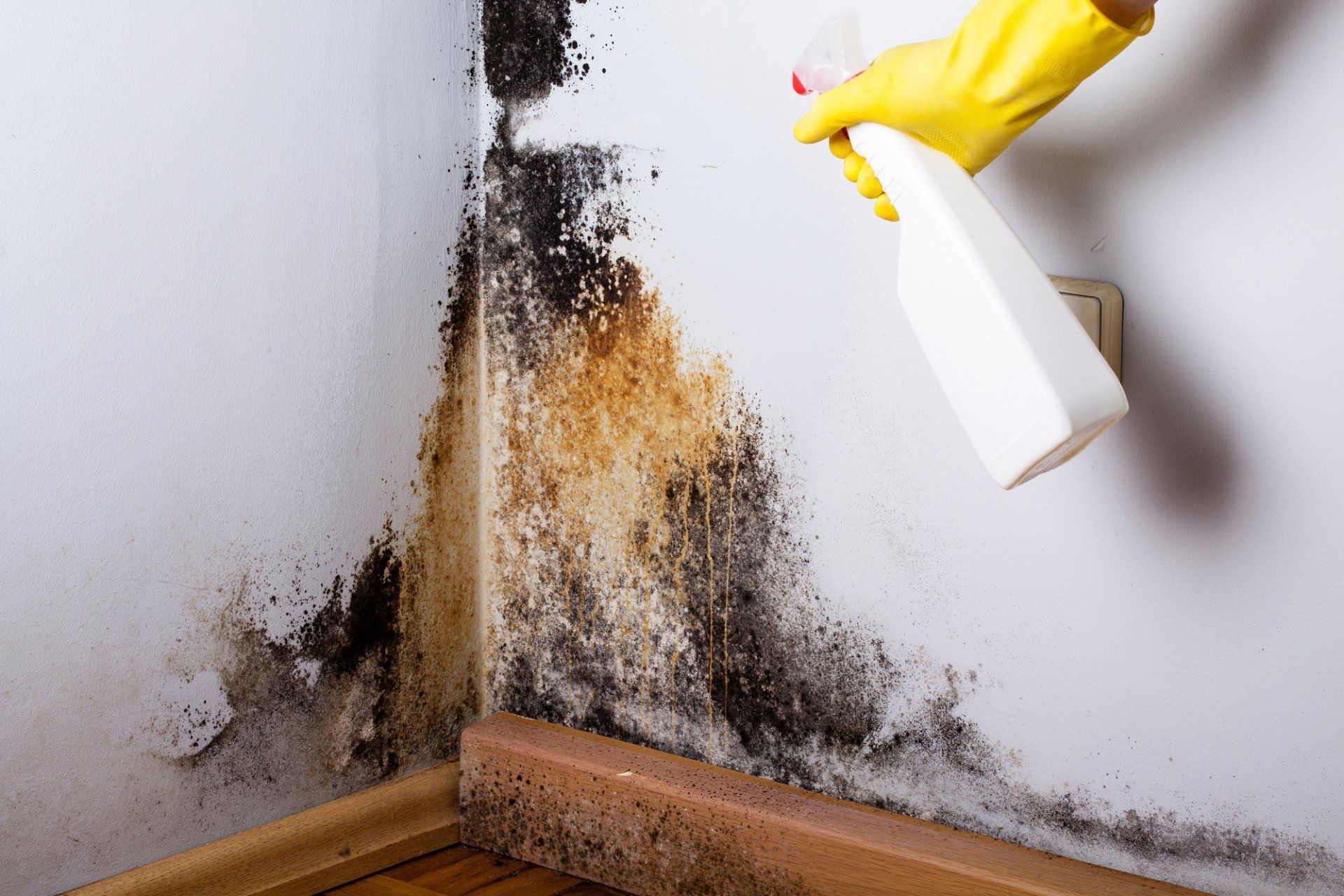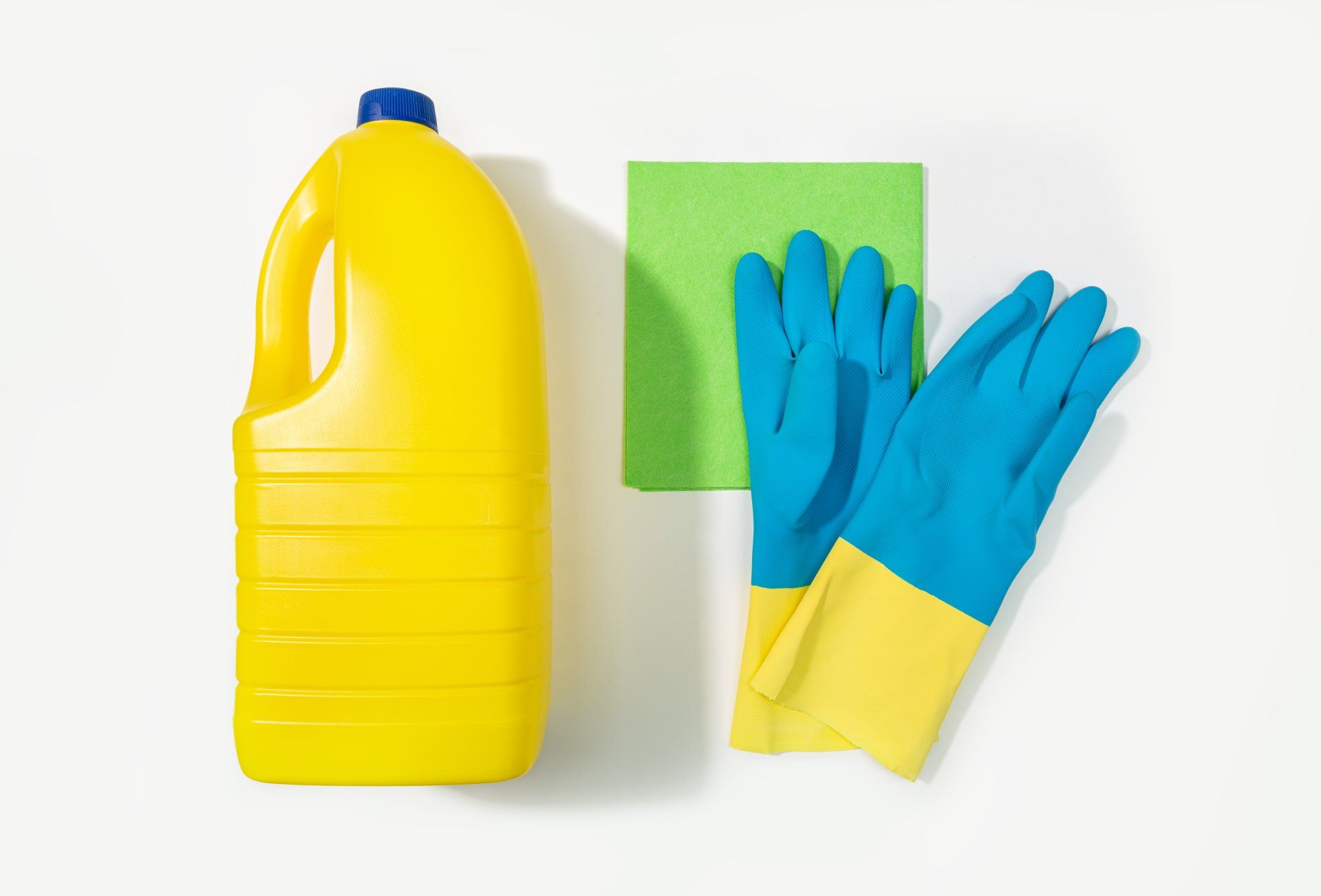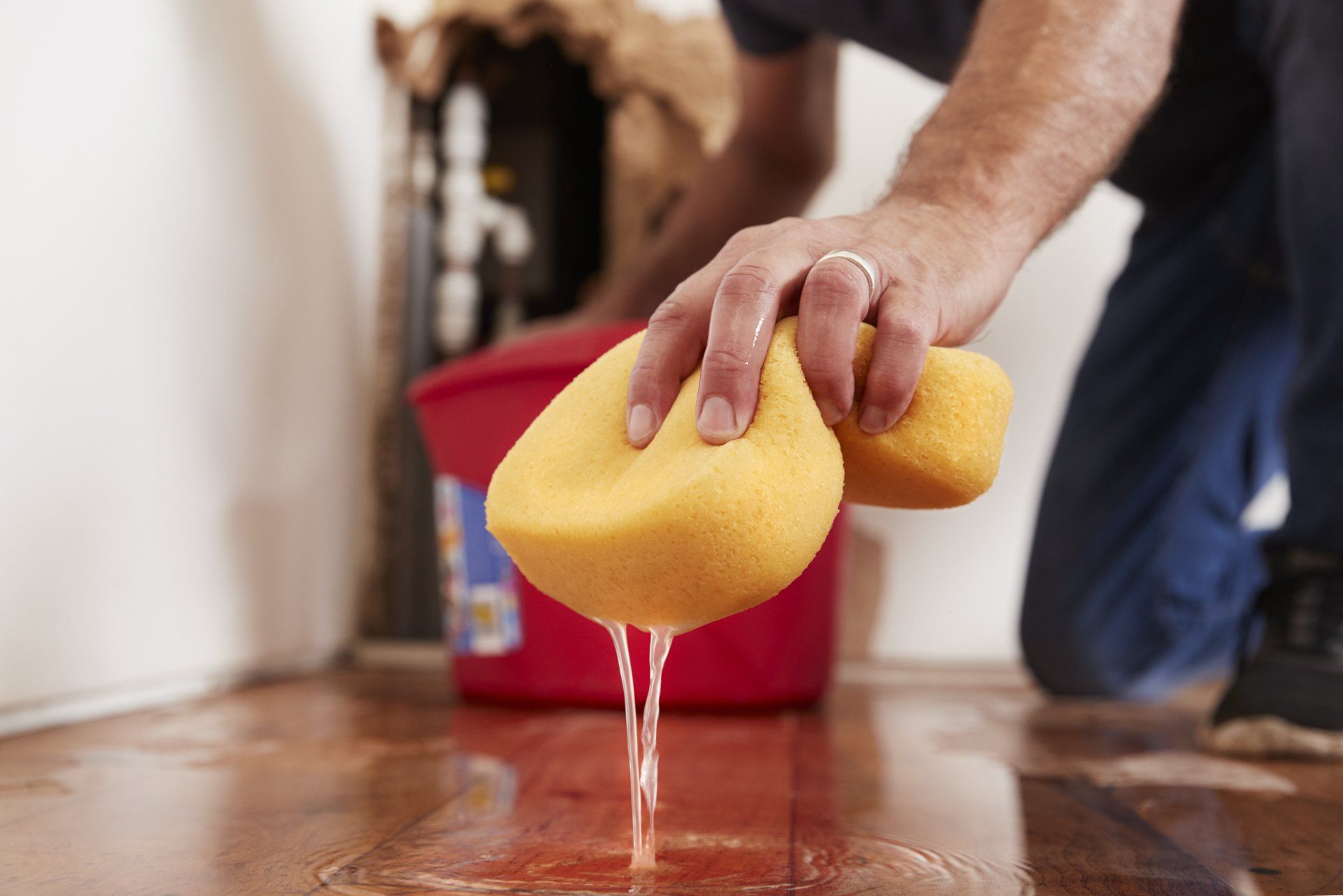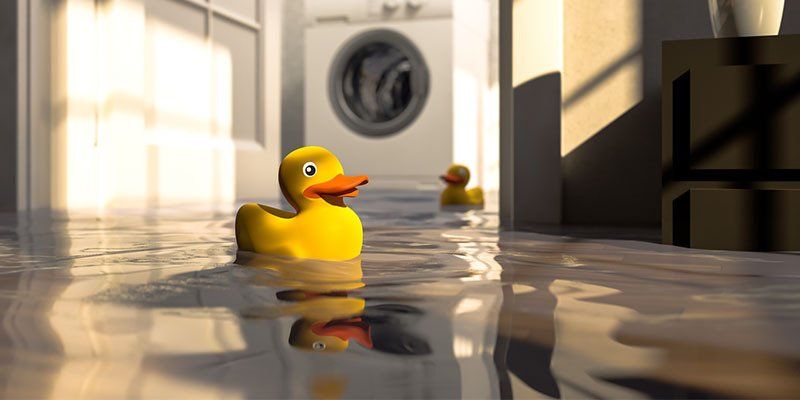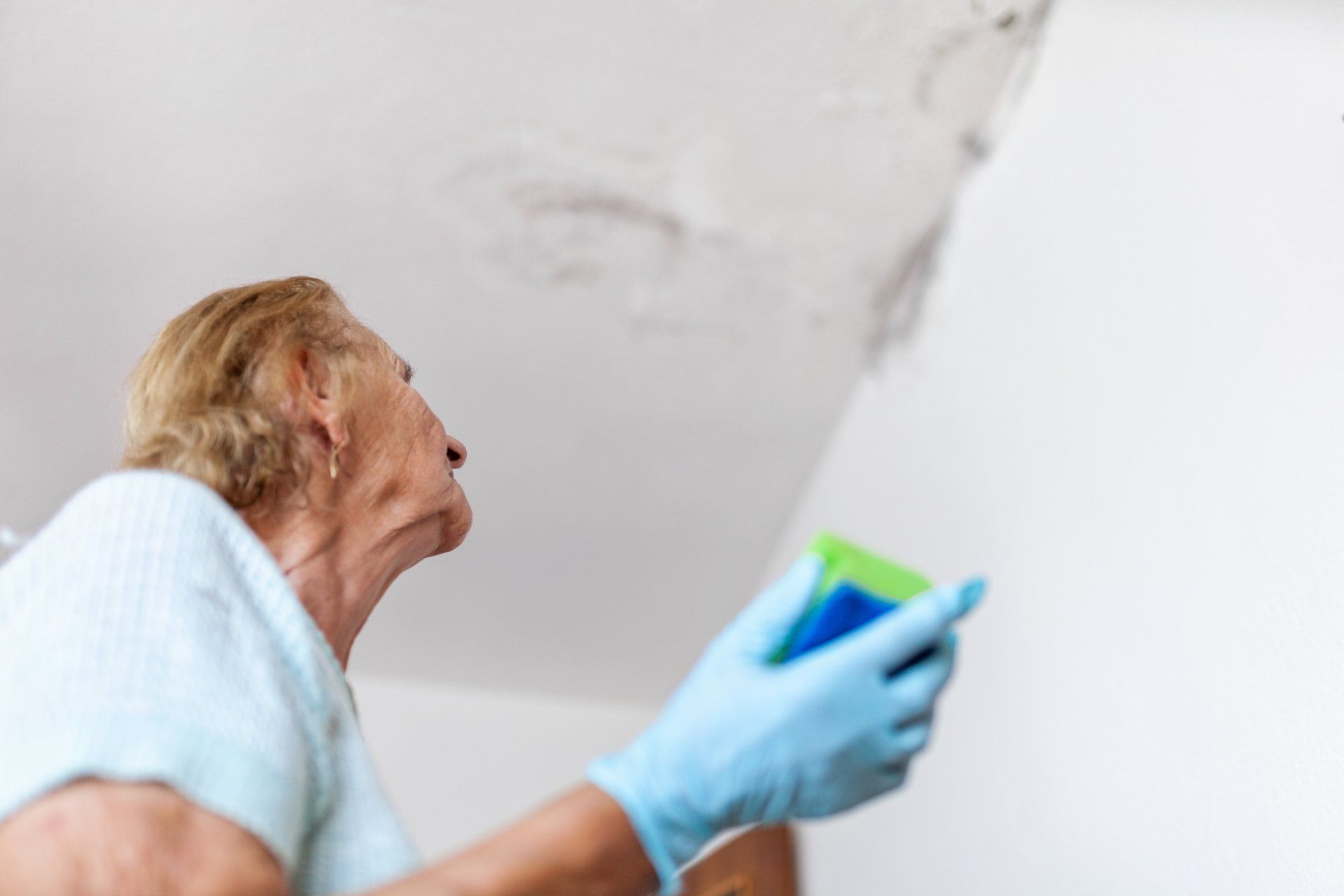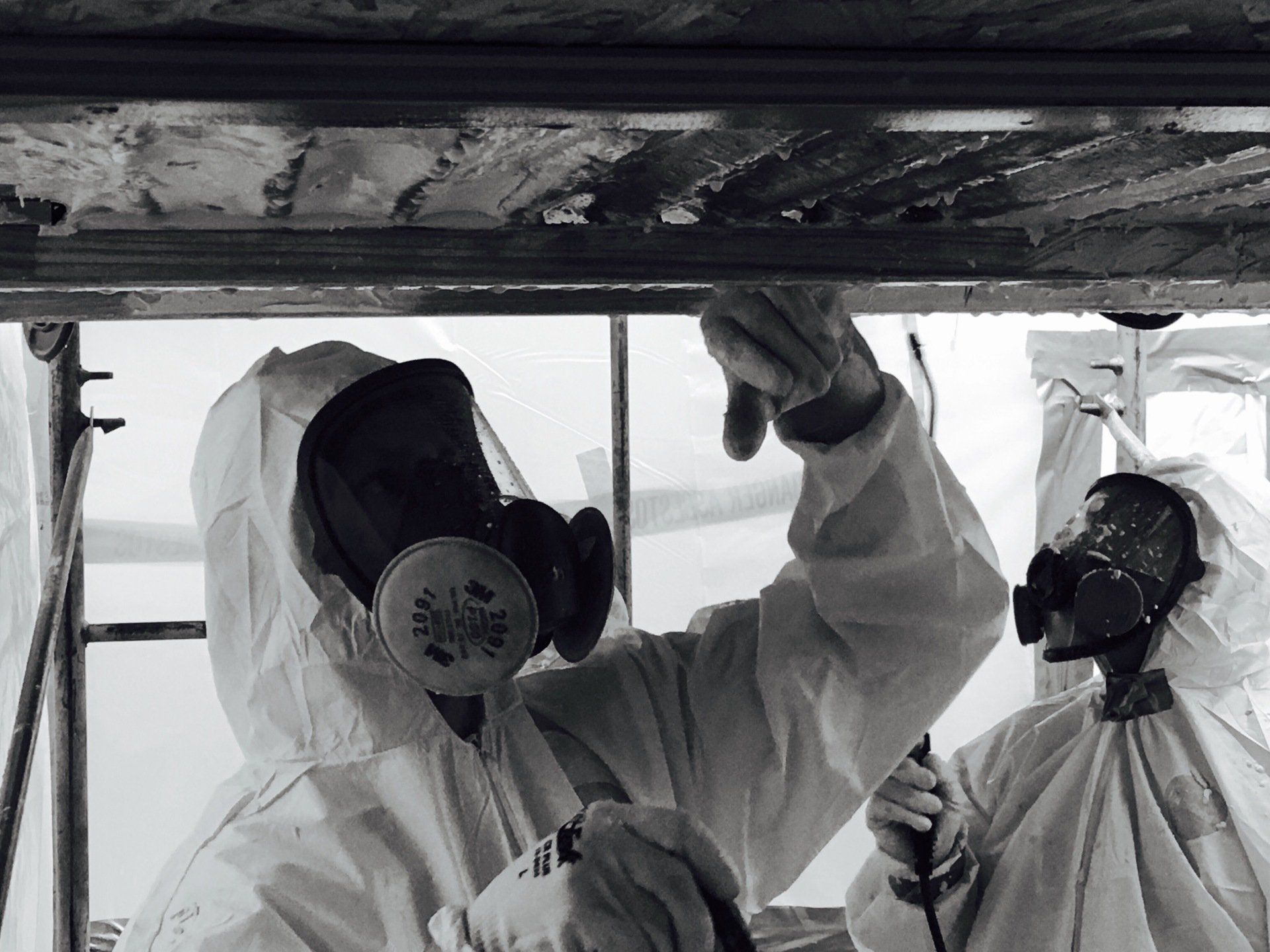For Emergency Services Call Us 1-604-838-8808
Attic mold remediation - what you need to know about it
Attic mold - what you need to know about it and treatments for removal
Attic mold is one of the most common types of loss because attics often meet the perfect conditions to develop mold growth, which is:
- Excess humidity - caused by the change in the temperature inside the attic from heat coming from the living space escaping into the attic due to improper sealing of the living space from the attic and/or insufficient insulation to keep the heat in the living space. This includes improper or failed venting of bathroom fans and the like, sending a warm, high moisture content into the attic during and after a shower. Mold doesn't grow until it has a moist surface to attach itself and in these instances attic wood sheathing is the perfect material which meets this condition. Like a window pane the attic roof sheathing is cooler than the living space and attic space from being exposed to the outdoor elements. Heat from the living space makes its way into the attic allowing the warmer air to hold more water vapour than the cooler air outside. Once the warm, wet air hits the cooler surface of the attic sheathing it becomes moist - wood and moisture are mold’s best friend!
- Lack of air flow - many times soffits (the area where the roof almost meets the attic floor and extends out from the building to help the attic breathe) get clogged by blown-in insulation, sometimes it’s an older home that did not have adequate airflow introduced into the design, and not enough roof vents (even put in “to code” does not guarantee no mold) contribute to excess humidity in the attic.
Let’s examine each reason there can be mold in the attic:
- Breathability - blocked soffits or insufficient ventilation
- Venting - improper or incomplete exhausting of bathroom or dryer vents and/or improper sealing of the vents at the ceiling entrance or roof exit
- Insulation - not enough will cause excess heat in the attic from the living space
- Sealed space - if the attic is not properly sealed with a vapour barrier, heat from the living space will cause a mold issue
- Roof leak - stagnant or pooled water in the attic or saturated sheathing
The majority of homeowners usually don’t look into their attics and those mold affected spots just come to their attention once they are trying to sell the house. A house inspector comes to check the property, finds mold and here you are reading this article because your home has a closing offer and you’re under the gun to get it resolved quickly!
Sometimes mold in an attic is a factor that can break a real estate deal and potentially cause reason to panic during negotiations; no need to panic as this blog will teach you everything that you need to know about what to do if you find yourself in a situation where it is required to have mold removal performed in your attic.
Attic mold inspection
Have your attic inspected before moving forward with any removal.
The first step to prevent yourself from being in a situation is to have your attic checked yearly by a professional trained in building science. It is not only cheaper to perform an attic mold treatment when the mold growth is just starting but also can prevent it from spreading through your entire attic and affect the saleability.
Attic mould remediation:
Thoroughness is key!
Attics are a tricky place to be and require a lot of expertise to work inside as well as knowledge and experience to properly remove the mold staining; beside what some people think we highly recommend you to don’t do it by yourself if you are not experienced in these types of jobs and hire a professional mold removal company to help you in this process.
Proper equipment, containment, health and safety set up and the right chemicals are the things needed before starting any remediation process on attics; let’s talk more about each one of these.
- Equipment: Negative air unit or axial to capture or draw mold and toxic vapours away from the living space, professional spraying equipment (hand pump canister style is typically NOT the best equipment to use, full face masks with the proper cartridges and Personal Protective suits (chemical suits) are some of the basic equipment that you need to have in place before starting any attic mold remediation. The most important thing is to always remember: PPE is there to protect you from exposure to mold spores and chemicals, you always need to make sure to wear them when performing any mold related service.
- Containment: Mold spores spread through out the entire house if no containment or proper measures are put in place when mold removal activities begin. Once those spores are in the air it can cause health problems to you and your family members.
- Set-up: Apart from the fact that someone with no experience can easily hurt themselves inside an attic (step on a nail or get a nail in their head from the sheathing, fall between the studs and damage the ceiling drywall…). It’s essential to install adequate lighting in the attic to be able to see the entire damage and don’t miss any spot during treatment; lack of lighting is one of the major mistakes of most attic mold removal companies. It is also important to have more than enough planks laid on the attic “floor” to be able to move yourself easily and don’t slip and fall between the studs that hold the ceiling drywall.
Attic mold treatment methodology
The first thing that you need to know about mold treatment is: Encapsulation (covering over) or painting over mold is not recognized as a proper treatment; if you just paint over mold the mold will remain active and eventually grow through the paint or encapsulation.
There are 2 methods for removal:
- Physical removal:
- Scarify: to remove mechanically, with a scraping technique using equipment (grinder/sander)
- Dry ice: a procedure where the wood is blasted with dry ice to physically remove the mold. Effective but very costly.
- Soda blasting: a procedure where the wood is blasted with soda medium; expensive but cheaper than dry ice. Makes a big mess. Typically not used in attics.
2. Chemical removal:
- A process where the wood is treated with a chemical to burn off the mold. Great process for surface removal but most chemicals do not penetrate the wood and as such the mold IN the wood remains viable for future growth. Good for attics when treated with the right chemicals.
It’s vital to have the right chemicals available during mould treatment where replacement is impossible or cost prohibitive.
4 steps to complete a proper attic mold treatment:
- Discovery: What is affected and why. Once you have determined the extent of the damage you turn to discovery of why the damage is there. It’s important to know what is causing the damage since before you treat you also need to know what needs to be fixed in order for the mold growth to not start again.
- Determine methodology: Now that you can determine what is the best course of action, you need to be knowledgable about the best chemicals for your mould treatment and also the best solutions to prevent future problems.
- Removal: Treat the area with whatever means are necessary to remove the mould stains, whether that be removal and replacement, partial replacement and chemical treatment or full chemical treatment based on the particulars of each individual job.
- Inspection: Once the removal is completed you need to do a thorough, detailed inspection of the entire attic space to find any areas that might require additional treatment.
Once again, we highly recommend you hire a
professional mould removal company to perform this service following all these standards and making sure that no spores or chemicals will be released throughout your house.
We hope that with this information you can now start a plan to bring your place back to safety. Feel free to contact one of our team members if you have any further questions or concerns.
Quick Links
Services
Contact
©2020 All Rights Reserved Masters Remediation Services Powered by OneLocal | Privacy Policy
Area of service
Abbotsford, Burnaby, Chilliwack, Coquitlam, Delta, Langley, North Vancouver, Surrey, Tsawwassen, Vancouver, Richmond, White Rock, Squamish, Whistler and more.
©2020 All Rights Reserved Masters Remediation Services Powered by OneLocal | Privacy Policy


